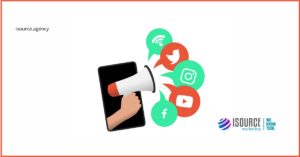-
 ISOURCE BLOG
ISOURCE BLOG
Marketing in the Quantum Era: What to Expect and How to Prepare for the Future
Share
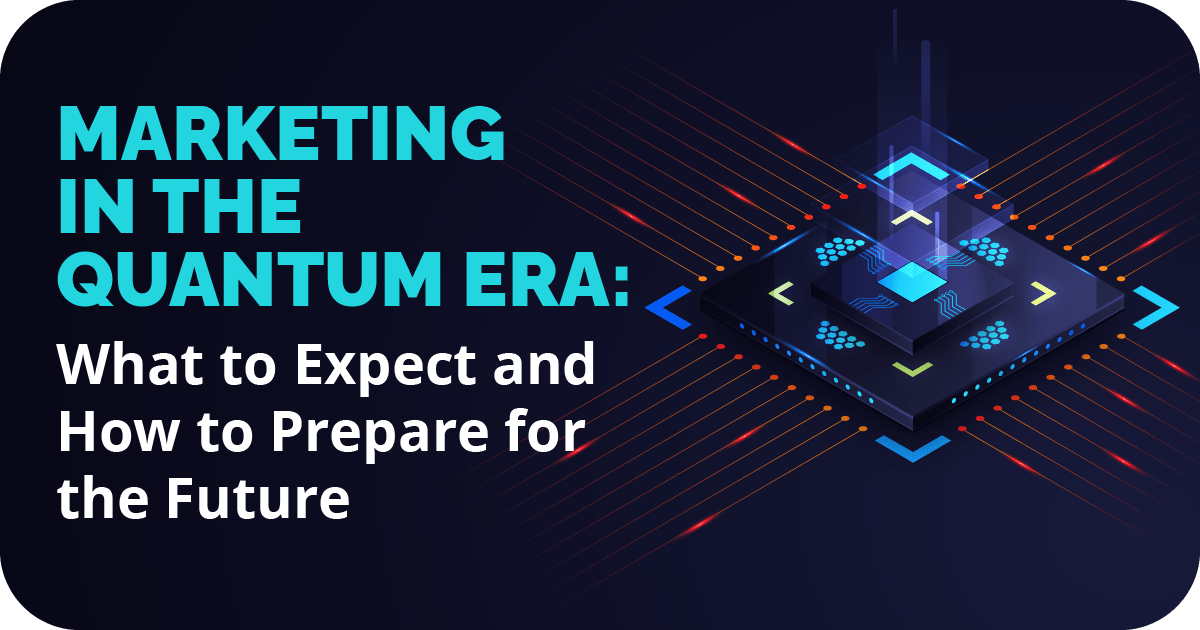
In the world of marketing, technology has always been a driver of change. From Big Data to artificial intelligence, each new advancement redefines how brands connect with their audiences. Now, a new era is approaching: quantum computing. This technology offers immense potential for digital marketing, enabling complex calculations at unprecedented speeds.
While tech companies are already exploring its possibilities, it is essential for marketing professionals to understand its impact and prepare to leverage this upcoming revolution to maintain a competitive advantage. In this article, we’ll explore what to expect from quantum computing in marketing and how companies can prepare to lead this transformation.
What is Quantum Computing?
Quantum computing is a technology that leverages principles of quantum physics to perform calculations on a scale and at a speed that traditional computers cannot match. Unlike classical computers, which use bits (0 or 1) to process information, quantum computers use qubits, which can exist in multiple states simultaneously, enabling them to perform complex calculations at astonishing speeds.
This processing capability has the potential to radically transform the marketing landscape, opening the door to real-time analysis of vast amounts of information, new ways of segmenting audiences, personalized experiences, and more data-driven decision-making within companies.

Transforming Digital Marketing in the Quantum Era

1. Real-Time Data Analysis
Marketing strategies rely heavily on the ability to process large volumes of data quickly. With quantum computing, brands can analyze complex datasets in real time, identifying customer patterns and behaviors almost instantly. This leads to more precise, consumer-responsive campaigns, optimizing decision-making and boosting return on investment (ROI).
2. Advanced Segmentation and Personalization
Quantum computing allows for audience segmentation with unprecedented precision, tailoring campaigns to be more relevant and appealing for each group—or even each individual. This level of deep personalization greatly enhances customer engagement, satisfaction, and brand loyalty.
3. Ad Optimization
Quantum algorithms not only facilitate data analysis but also enable the adjustment and optimization of campaigns in real time. This creates more accurate audience targeting and improved keyword optimization. Brands can instantly reallocate resources and adjust strategies to maximize the impact of their digital ads and content.
4. Sentiment Analysis
Using quantum algorithms, brands can rapidly process large amounts of data from social media and other platforms to gain insight into consumer sentiments and opinions about their products or services. This valuable information can guide product development and shape communication strategies.
Opportunities and Challenges
of the Quantum Era

Adopting quantum computing will not only be about keeping up with technology; it will also provide a significant competitive advantage across three main areas:
- Enhanced Data Analysis: The ability to process and analyze large volumes of data in real time enables more accurate, up-to-date decision-making.
- Algorithm Optimization: Quantum computing refines machine learning algorithms, resulting in more precise models to predict consumer trends and behaviors with superior accuracy.
- Improved Cybersecurity: Advanced encryption techniques developed through quantum computing offer better protection for sensitive customer information, increasing trust in digital operations.
Despite its potential, quantum computing faces certain obstacles. One of the main challenges is the fragility of qubits, which require extremely precise conditions, limiting large-scale implementation. Additionally, high costs and the complexity of current infrastructure mean this technology is not yet accessible for most businesses. However, these systems are expected to become more commercially viable between 2025 and 2030, thanks to improvements in qubit stability and the availability of cloud services.
Another significant challenge is data security. While quantum computing promises to enhance cybersecurity, it may also put current encryption systems at risk, requiring updated protection strategies to ensure information integrity in this new era.

How to Prepare for the Quantum Era
For tech companies and marketing professionals to fully harness the potential of quantum computing, it’s essential to take proactive steps that drive these innovative strategies:
- Invest in Research and Development: Partner with academic institutions and leading tech companies in quantum computing to stay informed and develop pilot projects that explore the applications of this technology in marketing.
- Continuous Training and Education: Provide teams with foundational training in quantum concepts and potential applications so they understand how this technology can integrate with existing digital marketing strategies.
- Prepare for Security Transformation: Adopt advanced security measures and explore quantum encryption technologies to safeguard customer data and maintain consumer trust in the quantum era.
In Summary
Technology is advancing at an unstoppable pace, and quantum computing promises to be one of the most groundbreaking innovations of the 21st century. Its impact on marketing will be profound: companies that prepare to adopt it will be better positioned to compete and offer more personalized and innovative customer experiences. The key lies in mastering these advanced tools to transform every aspect of modern marketing. The future is quantum!

At our agency, we’re prepared to guide tech companies on their path to the future. We stay at the forefront of emerging trends and tools to enhance your marketing strategy.

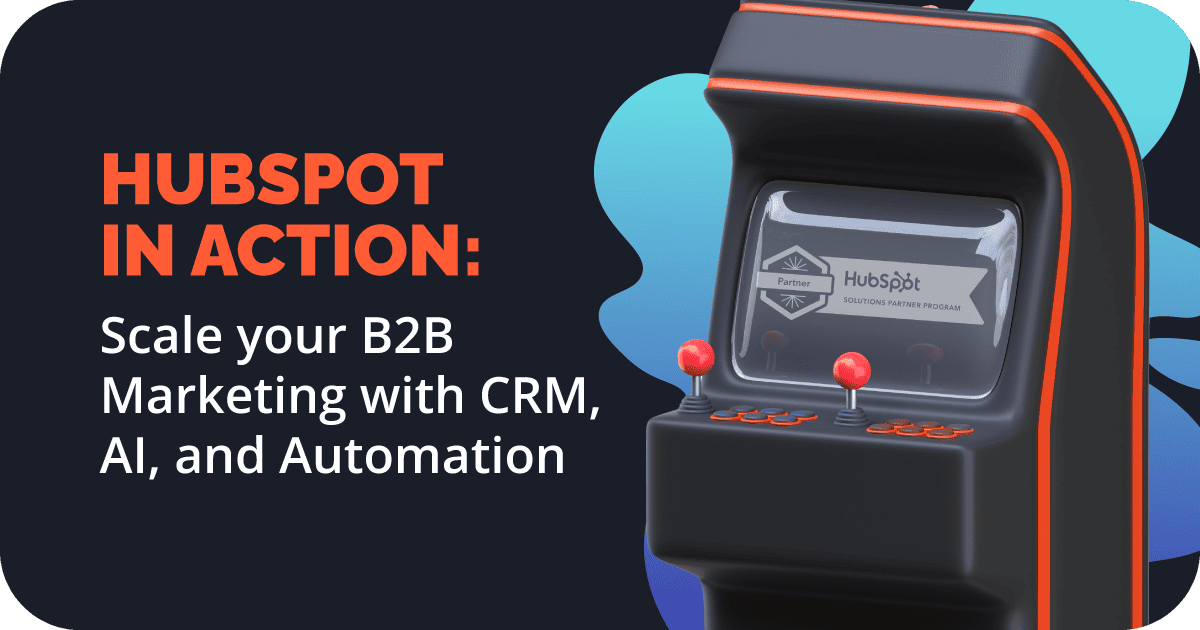





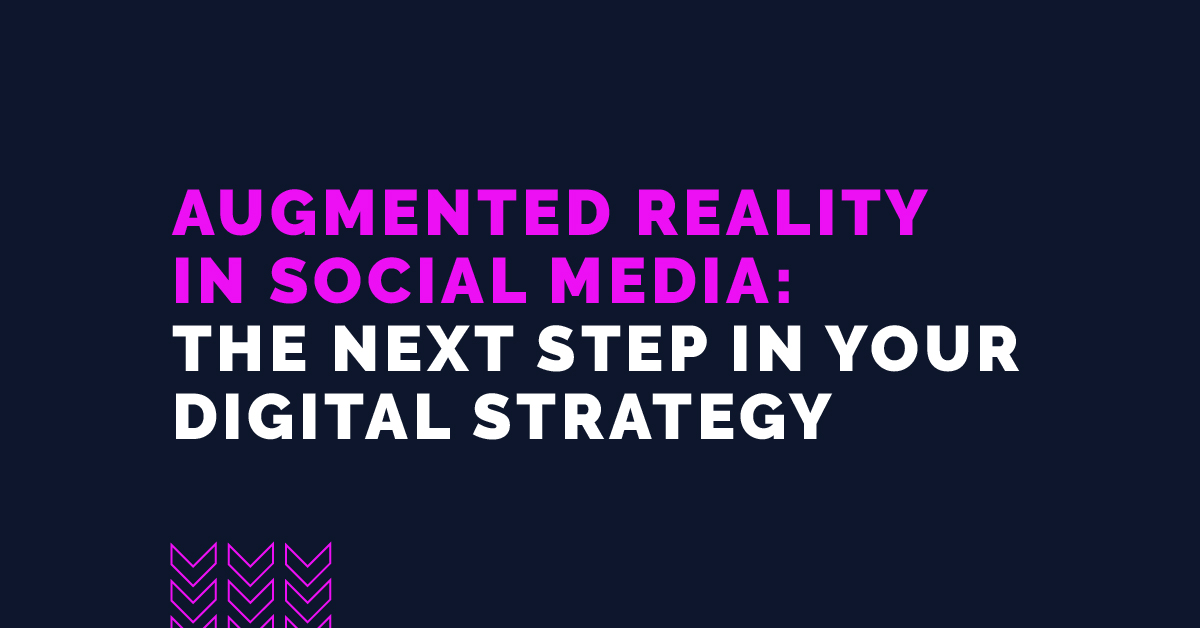
 What is augmented reality?
What is augmented reality? 


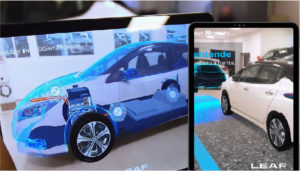



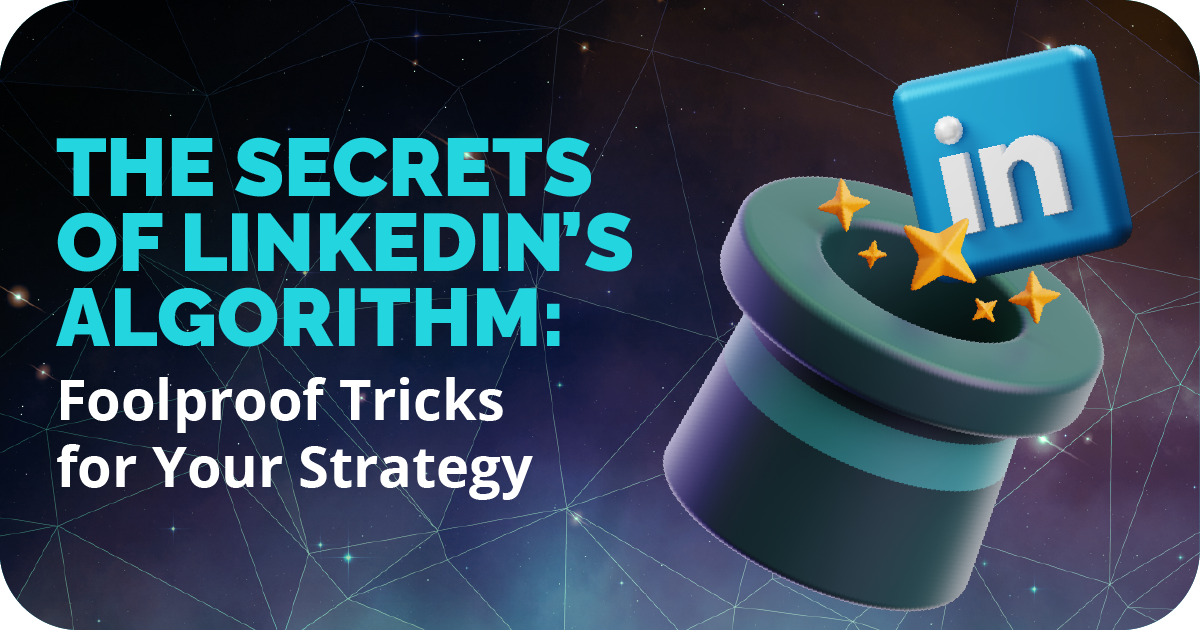

 Design thinking is an iterative process that utilizes a set of design techniques to generate, develop, and test new ideas in order to create products and services that are technologically possible and financially viable.
Design thinking is an iterative process that utilizes a set of design techniques to generate, develop, and test new ideas in order to create products and services that are technologically possible and financially viable.


 2020 and 2021 were challenging years for society and the global economy, but there is no denying the opportunities created by the digital revolution’s acceleration, particularly for enterprises in the Business to Business (B2B) sector and their sales and marketing areas. According to a
2020 and 2021 were challenging years for society and the global economy, but there is no denying the opportunities created by the digital revolution’s acceleration, particularly for enterprises in the Business to Business (B2B) sector and their sales and marketing areas. According to a  We hope you found our review of Digital Marketing Trends for 2022 beneficial; at the end of the day, it is part of our expertise in being the strategic B2B partner you need in this challenging year. At Isource Marketing we specialize in developing customized marketing strategies according to the needs of your business and adapted to the market. You can contact us by clicking
We hope you found our review of Digital Marketing Trends for 2022 beneficial; at the end of the day, it is part of our expertise in being the strategic B2B partner you need in this challenging year. At Isource Marketing we specialize in developing customized marketing strategies according to the needs of your business and adapted to the market. You can contact us by clicking 
 The millennial generation (born between 1981 and 1996) is the first to come of age in the new century and is expected to be a key economic force in the decades ahead. According to
The millennial generation (born between 1981 and 1996) is the first to come of age in the new century and is expected to be a key economic force in the decades ahead. According to 








 Who doesn’t like stories? We live in a world surrounded by them; in fact, our life is a story in itself. Companies have recognized the potential storytelling can have and are utilizing it to captivate their consumers and potential customers. What exactly is it, and why does it hold so much opportunity in the Business-to-Business (B2B) world? The solutions to these questions may be found throughout this blog.
Who doesn’t like stories? We live in a world surrounded by them; in fact, our life is a story in itself. Companies have recognized the potential storytelling can have and are utilizing it to captivate their consumers and potential customers. What exactly is it, and why does it hold so much opportunity in the Business-to-Business (B2B) world? The solutions to these questions may be found throughout this blog. Harness the power of gamification
Harness the power of gamification
 The arrival of COVID-19 accelerated digital transformation all while bringing a new way for businesses and the media to conduct public relations (PR), in which it has become critical to have more accurate information, faster responses to unforeseen situations, and a more strategic, comprehensive, and intelligent media monitoring.
The arrival of COVID-19 accelerated digital transformation all while bringing a new way for businesses and the media to conduct public relations (PR), in which it has become critical to have more accurate information, faster responses to unforeseen situations, and a more strategic, comprehensive, and intelligent media monitoring. 





 Startups are a leading business model that drives innovation and economic growth worldwide. Each year, new types of products and services are created by startups. They serve as a great example of entrepreneurial creativity and ambition, as well as the emergence of ground-breaking concepts. Unfortunately, marketing is not one of their strong suits. And it’s understandable: most of them got their start not by writing case studies and sending emails but by building cutting-edge technology. Not to mention that traditionally, digital marketing was only available to large corporations in the B2B (business-to-business) and B2C (business-to-consumer) sectors.
Startups are a leading business model that drives innovation and economic growth worldwide. Each year, new types of products and services are created by startups. They serve as a great example of entrepreneurial creativity and ambition, as well as the emergence of ground-breaking concepts. Unfortunately, marketing is not one of their strong suits. And it’s understandable: most of them got their start not by writing case studies and sending emails but by building cutting-edge technology. Not to mention that traditionally, digital marketing was only available to large corporations in the B2B (business-to-business) and B2C (business-to-consumer) sectors. 

